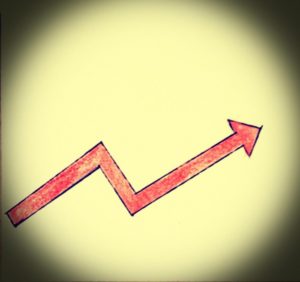It’s hard to believe that half of 2022 has already gone by. Although the world has largely managed to navigate the COVID-19 pandemic, the year has given us all multiple new challenges. In this issue’s column, we’ll have a quick look at what has happened so far, and what I think the rest of the year has in store for us.
The two biggest challenges the world is currently facing are inflation and Russia’s unprovoked invasion of Ukraine. Inflation had already taken root because of supply-chain disruptions caused by the pandemic, and it was exacerbated by the war.

The war in Ukraine has dragged on for months now—despite Putin’s insistence at the start that Russia will win a swift and decisive victory—and there’s no clear end in sight. This is only going to cause sustained high prices at the pump, and for food, as Russia and Ukraine are key exporters of these commodities. Personally, I don’t see this stalemate continuing indefinitely as troop morale on both sides suffers. I believe that Putin is likely to blink first and escalate the situation, causing the West to take more drastic action that they’ve been avoiding. This will only cause greater shocks to financial markets, but I think it is short-run pain for long-term gain.
On the inflation front, we’ve already seen central banks around the world raising interest rates faster than planned in order to tame runaway prices. The Bank of Canada raised interest rates to 1.5% in June and is widely expected to continue hiking. Raising interest rates to fight inflation is a matter requiring delicate balance. Raise rates too slowly, and the impact on inflation is limited. Do it too fast and there is the risk that businesses, especially smaller ones, may find it prohibitively expensive to finance day-to-day operations.
I think that central bankers are well aware of the magnitude of the inflation problem now, despite being completely wrong with their initial assessment that inflation will be transitory. However, raising interest rates is not an immediate cure for inflation, and it will take time for its effects to work its way through the economy. As individuals, one consolation to come out of this is that we’ll start earning more on our savings. Although it will still be nowhere near sufficient to offset the impacts of inflation, I suppose it’s something. Start looking out for banks offering more attractive interest rates on saving accounts and consider moving some of your money to them.
On the investment front, I would continue to invest monthly in an index fund as my investment timeframe is decades, and this could actually prove to be an attractive time to invest. While the second half of 2022 will probably prove to be just as tumultuous as the first, let’s hope for more clarity on the challenges we are facing.
